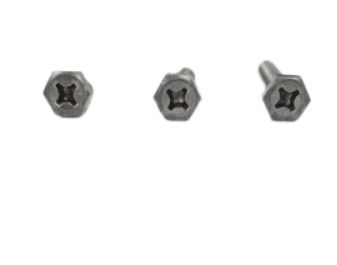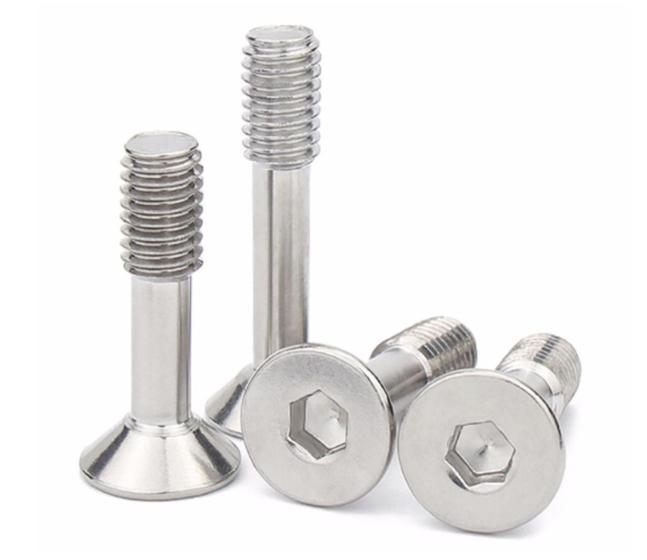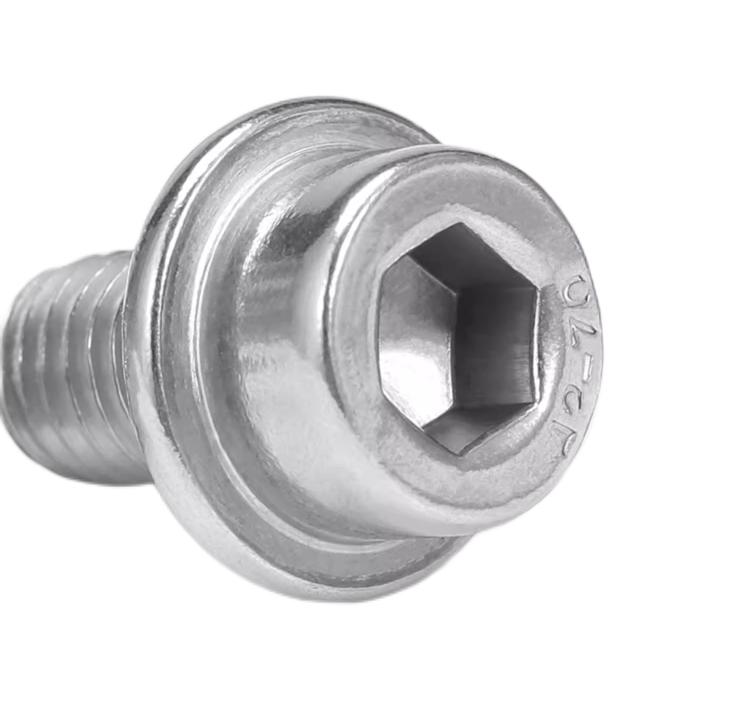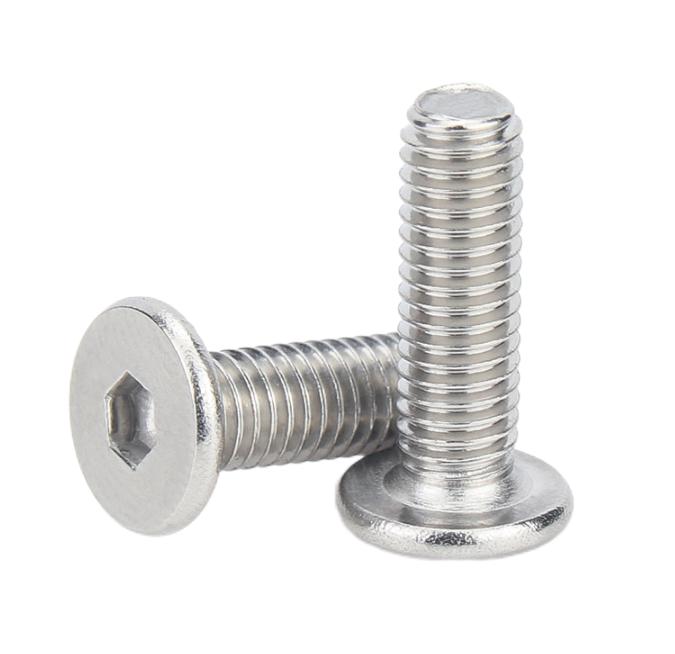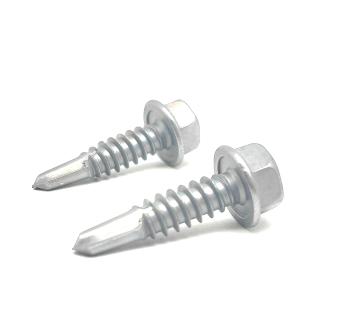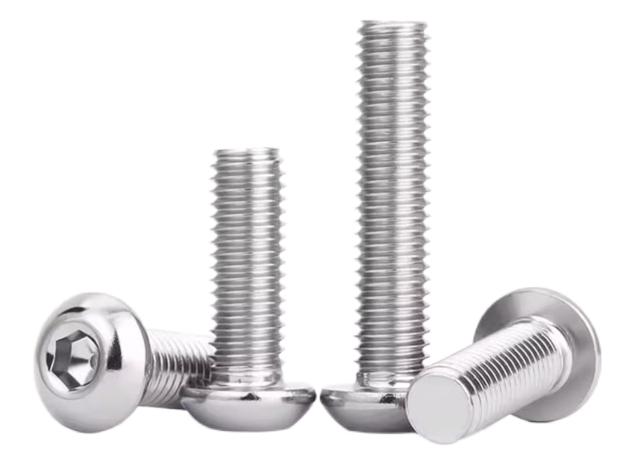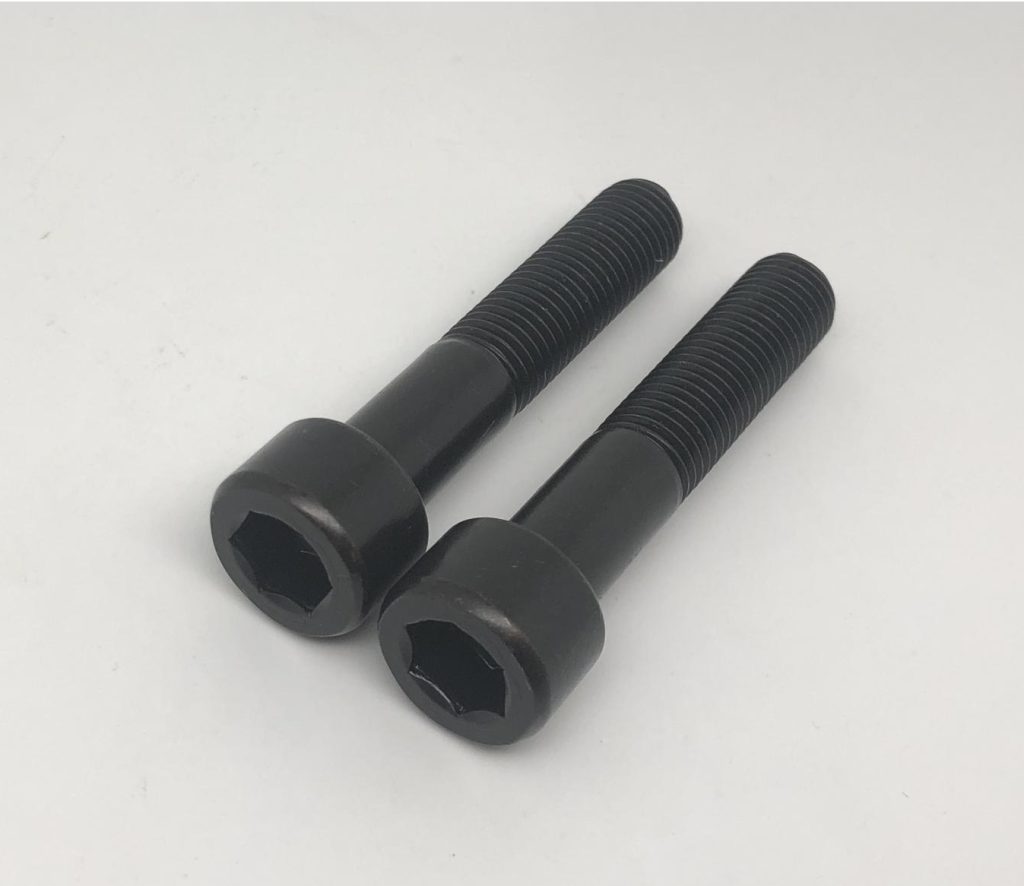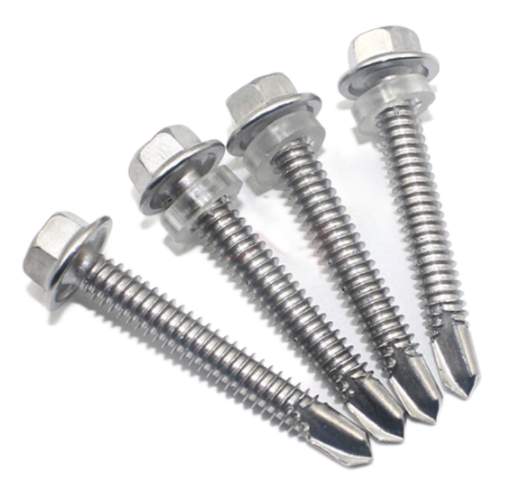How Torque Ensures Secure Hex Wood Screws Connection
Hex wood screws are a fundamental type of fastener employed in a wide range of applications. They play a crucial role in securing elements within various structures and objects. This article delves into the significance of torque standards for hex wood screws, explores the methods used to establish these standards, and examines the various techniques for preventing loosening. Additionally, we will explore the latest advancements in anti-loosening technology and the diverse applications of hex wood screws across numerous industries.
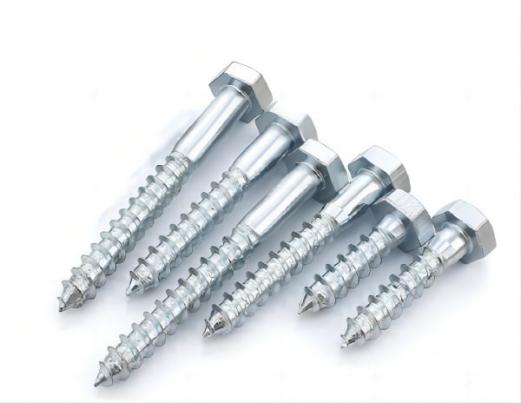
Why Torque Standards Matter for Hex Wood Screws
When it comes to hex wood screws, proper torque standards are instrumental in guaranteeing a connection’s reliability and safety. Torque, measured in newton meters (Nm) or pound-feet (lb-ft), represents the twisting force applied during the tightening process.
Insufficient torque application can lead to loose connections. A loose connection in a hex wood screw can cause components to shift or vibrate, potentially compromising the integrity of the entire assembly. In extreme cases, it can even lead to complete failure.
On the other hand, over-tightening a hex wood screw can have equally detrimental consequences. Excessive torque can strip the threads of the screw or cause the wood to split or crack. This damage can significantly weaken the connection and necessitate replacement of both the screw and the damaged wood component.
Therefore, adhering to designated torque standards is paramount for achieving optimal performance from hex wood screws. These standards guarantee that the screws are tightened to a degree that ensures a secure connection without jeopardizing the materials involved.
Factors Impact on Torque Standards for Hex Wood Screws
The screw’s manufacturer typically determines the specific torque standard for a hex wood screw. They consider a multitude of factors during this process, including:
- Screw size and material: The dimensions and material composition of the screw significantly influence its torque requirements. Larger screws, or those crafted from high-strength steel, will naturally necessitate higher torque values compared to their smaller or weaker counterparts.
- Wood type and density: The type and density of the wood being fastened also play a crucial role. Denser woods, such as oak or maple, require higher torque values than softer woods, like pine or balsa.
- Application and purpose: The intended use of the connection also influences torque standards. Applications demanding exceptional strength and stability, such as load-bearing structures, will necessitate higher torque values compared to those where the connection experiences minimal stress.
Manufacturers establish clear torque recommendations for each hex wood screw they produce. This information is typically included in the product specifications or packaging. In some instances, it may also be etched directly onto the screw head itself.
By adhering to these recommendations, users can ensure that each hex wood screw is tightened to the appropriate level, thereby achieving a secure and reliable connection.
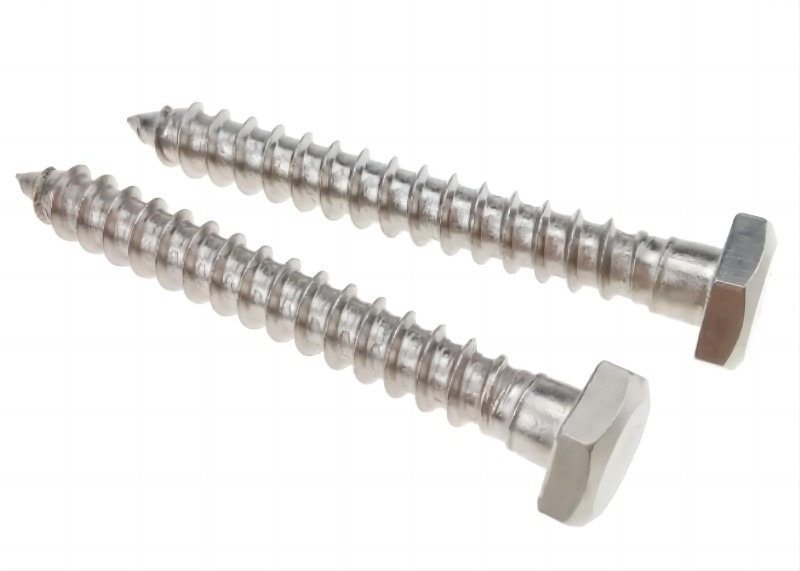
Methods for Controlling Torque When Tightening Hex Wood Screws
There are two primary methods employed to control torque when tightening hex wood screws:
- Torque Control Method: This fundamental approach is based on the well-established principle that the axial clamping force (the force squeezing the joined pieces together) and the tightening torque exhibit a direct proportional relationship. This relationship can be expressed mathematically using the formula T = K × F, where:
- T represents torque (in Nm or lb-ft)
- K represents the torque coefficient (a value specific to the screw and thread type)
- F represents the axial clamping force (in Newtons or pounds)
By employing a torque wrench calibrated to deliver a pre-determined torque value, users can achieve a specific level of clamping force. Torque wrenches come in various designs, including click-type wrenches that emit an audible click upon reaching the designated torque setting and digital wrenches that provide a real-time display of the applied torque.
- Torque-Angle Control Method: This method offers a more precise approach to controlling torque. It involves a two-step process:
- In the first step, the screw is tightened to a pre-set torque value using a torque wrench, similar to the torque control method. This initial torque serves to overcome any friction present in the threads and establish a basic level of clamping force.
- In the second step, the screw is tightened further by a specified angle, typically measured in degrees. This additional rotation ensures a more consistent and precise level of clamping force, regardless of minor variations in thread friction.
The torque-angle control method is particularly advantageous in situations where achieving a highly accurate and consistent clamping force is critical. It is frequently employed in high-performance applications or critical assemblies.
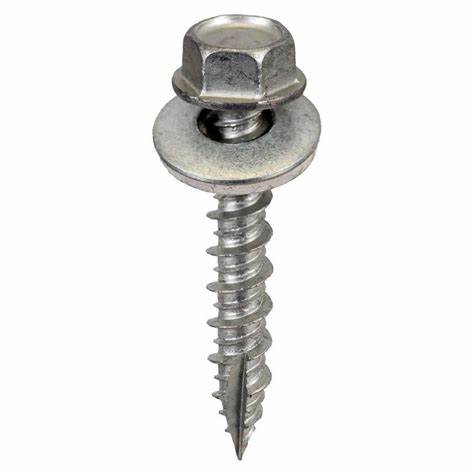
Preventing Hex Wood Screws from Loosening Over Time
Even when installed using proper torque standards, hex wood screws can loosen over time due to various factors such as vibration, settling, or environmental factors. Here are some techniques commonly used to prevent hex wood screws from loosening:
1. Friction-Based Techniques: These methods aim to increase the frictional force between the screw threads and the wood, thereby hindering loosening. Common friction-based techniques include:
- Spring Washers: These are thin, split metal rings placed beneath the screw head. The washer’s inherent springiness applies a constant outward force against the surrounding material, creating additional friction and preventing the screw from backing out.
- Double Nuts: This technique involves tightening two nuts onto the screw shank in succession. The first nut is tightened conventionally, followed by the second nut being tightened against the first. This creates a locking effect between the nuts, preventing them from loosening and consequently securing the screw in place.
2. Mechanical Prevention: These methods utilize mechanical structures to physically restrict the relative movement between the screw and the fastener components. Examples include:
- Split Pins: These are small, U-shaped metal pins inserted through a pre-drilled hole in the screw shank and a corresponding hole in the fastener component. The split ends of the pin spread apart, preventing the screw from rotating and loosening.
- Slotted Nuts: These nuts possess a slot machined along one side. A split pin can then be inserted through the slot in the nut and a hole in the fastener component, effectively locking the nut in place and preventing the screw from loosening.
3. Permanent Prevention: These methods create a permanent connection, eliminating the possibility of the screw loosening entirely. This approach is typically employed in situations where disassembly is not anticipated. Examples include:
- Welding: Welding involves fusing the screw head to the surrounding metal using intense heat. This creates a permanent bond, rendering the connection inseparable.
- Riveting: This technique involves inserting a rivet through a pre-drilled hole in the screw shank and the fastener component. The rivet is then expanded or peened on the opposite side, creating a permanent mechanical lock.
- Bonding: Adhesives like epoxies or anaerobic adhesives can be applied to the screw threads to create a strong bond between the screw and the wood.
4. Structural Prevention: This approach involves incorporating design features into the screw itself to inherently resist loosening. One example is the:
- Tang Washer: This type of washer features a small protrusion or “tang” that extends radially outward from the washer’s body. As the screw is tightened, the tang bites into the surrounding wood, creating a wedging effect that helps to prevent the screw from loosening.
5. Threadlocker Use: These are specialized liquid adhesives applied to the screw threads before tightening. Threadlockers come in various strengths, offering varying degrees of holding power. Once cured, thread lockers increase the friction between the screw threads and the wood, thereby preventing loosening due to vibration or movement.
6. Anaerobic Adhesive Use: These are specialized adhesives that cure in the absence of oxygen. When applied to the screw threads before tightening, anaerobic adhesives fill the small gaps between the threads and the wood, creating a strong bond that helps to prevent loosening.
These techniques offer varying levels of effectiveness and permanence. Selecting the most appropriate method depends on the specific application and the desired level of security for the connection.
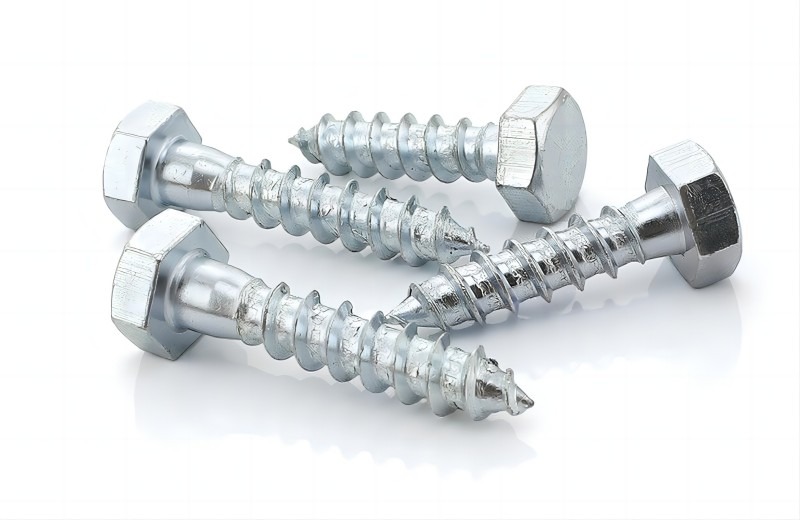
Latest Advancements in Anti-loosening Technology
The realm of hex wood screw technology is constantly evolving, with manufacturers continually developing new and improved methods to prevent loosening. Here are a few examples of recent advancements:
- Self-Locking Screws: These screws incorporate unique thread designs or surface treatments that enhance their inherent resistance to loosening.
- Pre-applied Threadlocker: Some manufacturers offer hex wood screws with a pre-applied threadlocker coating, eliminating the need for users to apply it themselves.
- Smart Fasteners: These innovative screws integrate embedded sensors that can monitor various parameters, such as torque or vibration, and potentially provide real-time feedback or warnings about potential loosening issues.
As technology progresses, we can expect even more sophisticated anti-loosening solutions to emerge, further enhancing the reliability and performance of hex wood screws in various applications.
Application Areas of Hex Wood Screws
Hex wood screws are incredibly versatile fasteners, finding application across a wide range of industries:
- Construction Industry: Hex wood screws are instrumental in securing various structural components within buildings, including beams, columns, and joists in both timber and steel-framed structures. They are also commonly used for installing rebar, fastening curtain walls, and securing decorative materials like wall panels or moldings.
- Furniture Manufacturing: Furniture construction heavily relies on hex wood screws to join various components like table legs, chair frames, and cabinet assemblies. Their ability to provide good clamping force and torque transmission while preserving the integrity of the wood makes them ideal for furniture applications.
- Mechanical Equipment and Automotive Manufacturing: Hex wood screws play a crucial role in securing various mechanical parts and automotive components. They are commonly used to fasten engines, chassis components, and body parts in vehicles. Additionally, they are employed in securing bases and supports for machinery. Their ability to withstand moderate loads and vibrations makes them suitable for many applications within these industries.
- Electrical Industry: Due to their good corrosion resistance and tensile strength, hex wood screws are frequently used for fixing and connecting electrical equipment such as switchboards, power outlets, and junction boxes. They ensure secure connections within electrical systems, promoting safety and proper functionality.
- Other Wood Products: Beyond furniture, hex wood screws are widely used in the construction of various wooden products like decks, fences, and pergolas. They also find application in engineering structures like bridges and boardwalks, as well as in hydraulic works like dams and levees. Their versatility allows for strong connections in numerous wood-based projects, while still permitting disassembly or reconfiguration when necessary.
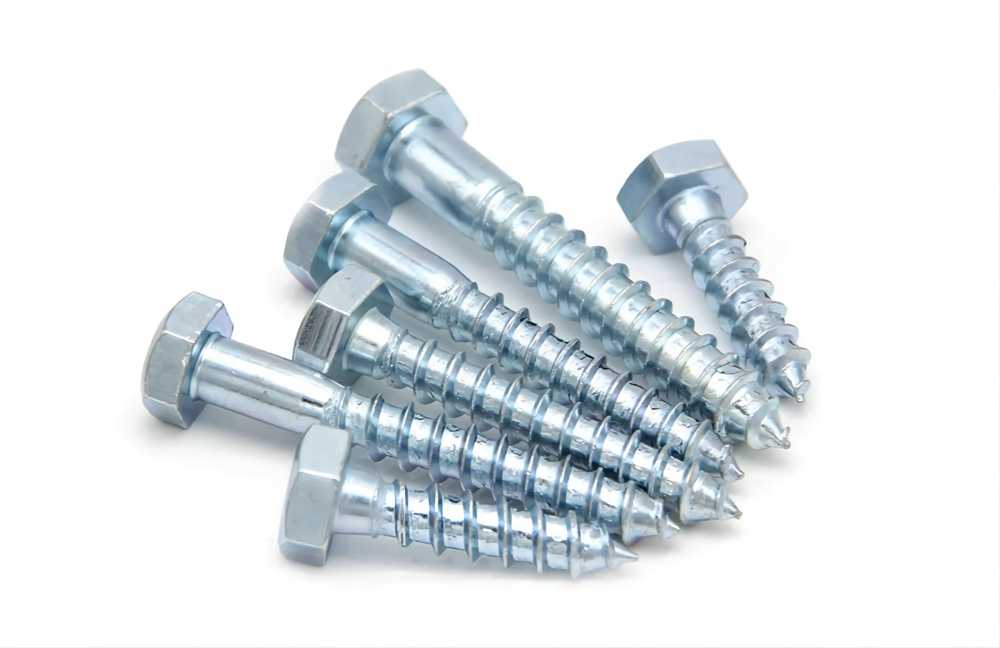
In conclusion, hex wood screws are a fundamental fastener, ensuring secure and reliable connections across a multitude of industries. By adhering to proper torque standards and employing appropriate anti-loosening techniques, users can leverage the full potential of hex wood screws in their projects. As technology continues to advance, we can expect even more innovative features and functionalities to be incorporated into these versatile fasteners, further expanding their reach and applications.

